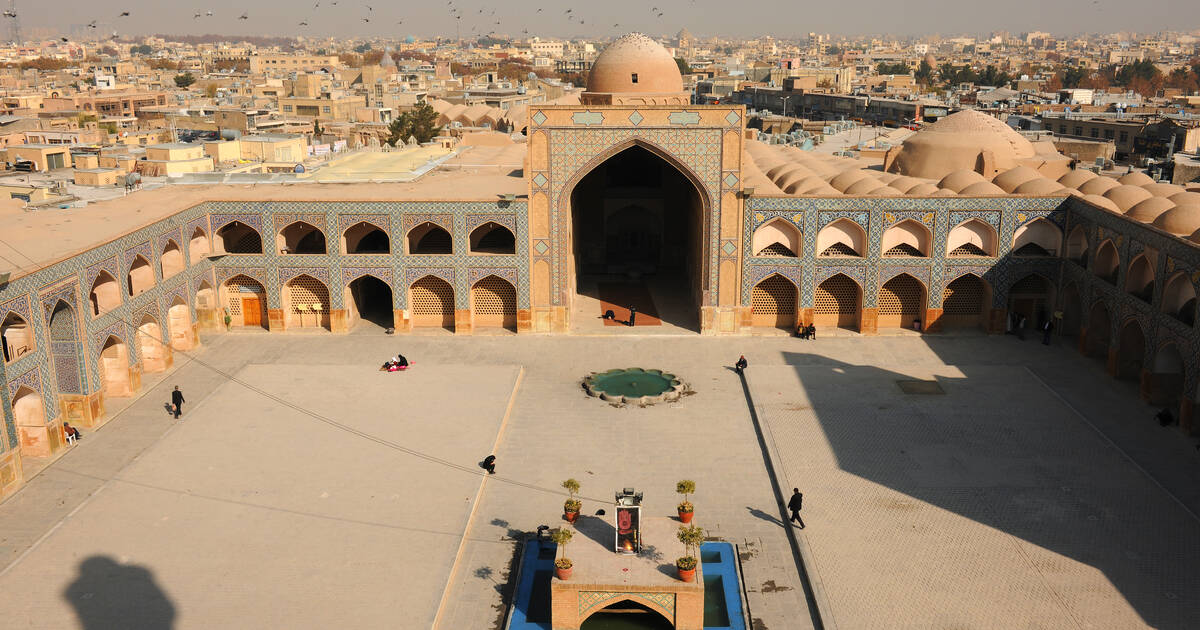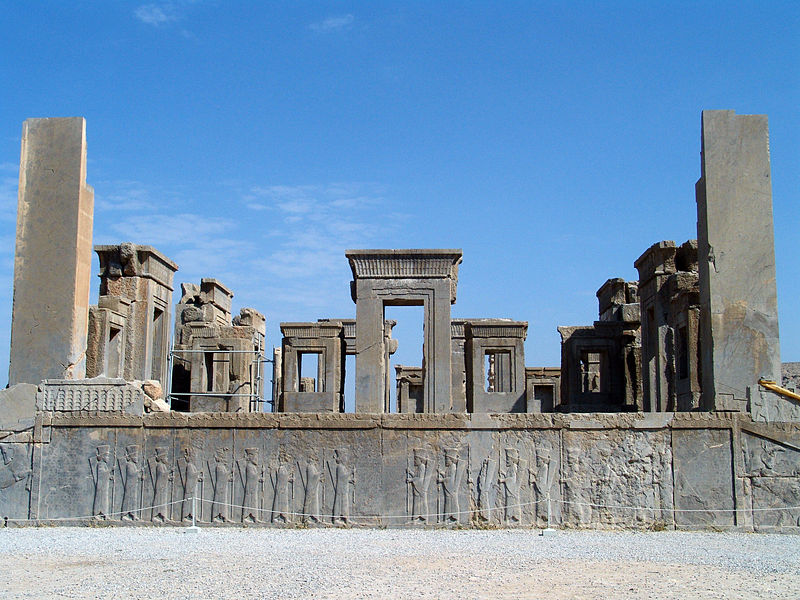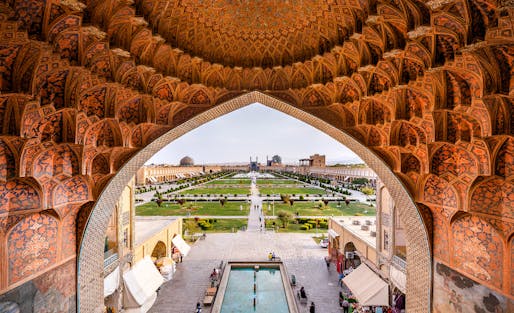Hello Everyone:
Happy New Year to one and all. Both Blogger and The Candidate Forum hope you had a lovely new year's celebration.
 |
| twitter.com |
(1).jpg) |
| Golestan Palace Tehran, Iran iranreview.org |
The deliberate destruction of heritage is a war crime,... it has become a tactic of war to tear societies over the long term (washingtonpost.com; date accessed Jan. 6, 2020)
Although Ms. Bokova was primarily referencing the destruction of cultural heritage site by the Islamic State, her word have eerie relevance for Iran, which has 22 sites listed on the World Heritage Sites. In an op-ed in the Los Angeles Times, attorney Sara C. Bronin and historic preservation specialist, responded to the president's threat to target Iranian sites of cultural patrimony,
...A nation that willfully destroys another country's heritage would be no better than the criminals who have destroyed irreplaceable sites in Syria, Afghanistan, Iraq and elsewhere in recent years (latimes.com; Jan. 5, 2020; date accessed Jan. 6, 2020)
| Map of Iran's cultural heritage sites letsvisitpersia.com |
Senator Chris Murphy (D-CT), member of the Senate Foreign Relations Committee tweeted,
... Targeting civilians and cultural sites is what terrorists do. It's a war crime (washingtonpost.com; date accessed Jan. 6, 2020)
The United States has been a leader in shaping the contemporary consensus of the destruction of cultural property: this form of war is both a crime against the nation and humanity that endangers civilian lives and dignity (Ibid). In March 2017, the UN Security Council adopted a resolution condemning the unlawful destruction of cultural heritage, inter alia destruction of religious and artefacts during armed conflict (Ibid).
Historically, attacks on cultural heritage sites have been a frequent feature of armed conflict since ancient times. In the twentieth century, the brutality of both World Wars not only spotlighted the Germans' attacks on their opponents' dignity and national identity but also the Allied forces bombardment of Dresden, which triggered the debate that continues to this day. Going forward, the international community is quite determined to take cultural heritage protection very seriously.
 |
| Masjid-e Jame Isfahan, Iran whc.unesco.org |
The tweet storm began Saturday evening, inspired by the storming of the American consulate in Benghazi and the American embassy in Tehran in 1979. American Secretary of State Mike Pompeo went on the Sunday news programs to try to soften the president's threats, saying "the US would act within international law" (bbc.com; date accessed Jan. 6, 2020). However, the president later doubled down on his threats, saying:
They're allowed to kill our people, they're allowed to torture and maim our people, they're allow to use roadside bombs and blow up our people--and we're not allowed to touch their cultural site? It doesn't work that way" (Ibid).
Yes, it does.
Yes, it does.
 |
| Persopolis 550-330 BCE Marvdasht, Fars Province, Iran politifact.com |
Yours Truly thinks that Secretary Esper may be wee confused about the difference.
What are some of the possible sites that could be on the president's target list? There are five potential sites that could be high on the president's list. At the top of the list is the ancient city of Persopolis, added to UNESCO's World Heritage List in 1979. It was the capital of Achaemenid Empire and hosted festivals and official receptions. The site features several massive structures, column, and stone carved designs. As an archaeological site, there is no equivalent to it (nationalpost.com; date accessed Jan. 6, 2020).
| Bazaar of Tabriz whc.unesco.org |
 |
| Naqsh-e Jahan Isfahan, Iran archinect.com |
Dear readers, you do not have to be any particular political or philosophical persuasion to be horrified at the mere idea that the President of The United States would dare to suggest he would commit a war crime. Today, our friends at the National Trust for Historic Preservation began circulating a petition, expressing its condemnation of the president's would-be actions. Yours Truly urges you to go to support.savingplaces.org and add your name. The simplest reason Yours Truly can give you for why cultural heritage sites are important is, you can destroy a building or city and people will rebuild them. You destroy their cultural heritage sites and you erase a civilization.
No comments:
Post a Comment